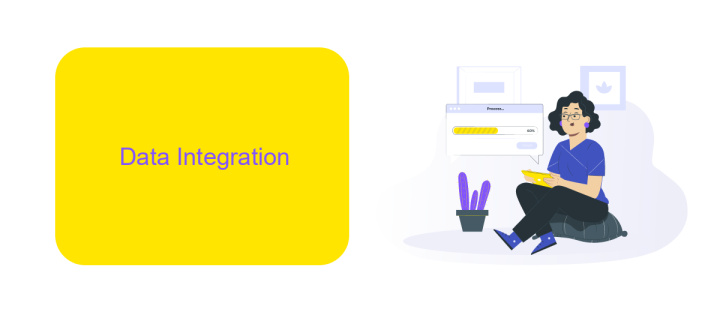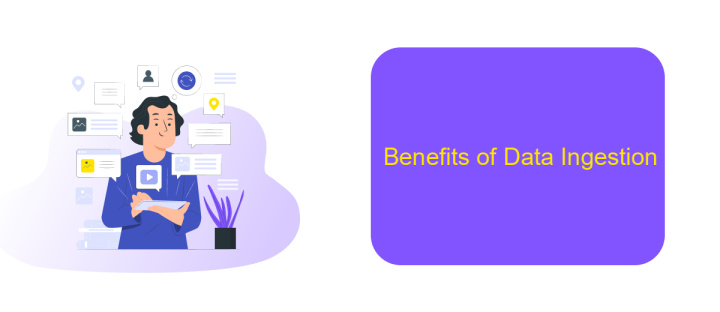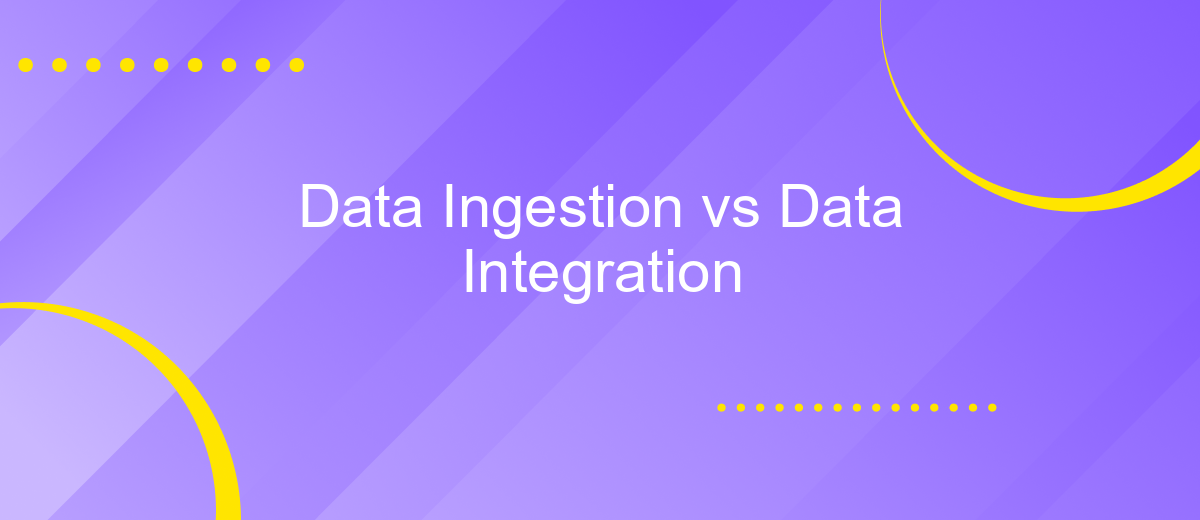Data Ingestion vs Data Integration
In today's data-driven world, understanding the nuances between data ingestion and data integration is crucial for effective data management. While data ingestion involves the process of collecting and importing data for immediate use, data integration focuses on combining data from different sources to provide a unified view. This article delves into the differences, benefits, and use cases of both processes.
Data Ingestion
Data ingestion is the process of collecting and importing data from various sources into a centralized repository for further analysis and processing. This initial step in the data pipeline is crucial for ensuring that data is available, accurate, and timely for downstream applications and business intelligence tools. Effective data ingestion strategies can handle a wide variety of data types, including structured, semi-structured, and unstructured data.
- Batch Ingestion: Involves collecting data at regular intervals and loading it in bulk.
- Real-time Ingestion: Captures and processes data as it is generated, providing up-to-the-minute insights.
- Stream Ingestion: Continuously ingests data streams from various sources, often used for high-velocity data scenarios.
Tools and services like ApiX-Drive can simplify the data ingestion process by automating the collection and integration of data from multiple sources. ApiX-Drive offers a user-friendly interface and pre-built connectors for a wide range of applications, enabling seamless data ingestion without the need for extensive coding or manual intervention. By leveraging such tools, organizations can ensure their data ingestion processes are efficient, scalable, and reliable.
Data Integration

Data integration is the process of combining data from different sources to provide a unified view. This is essential for businesses that rely on multiple data streams, such as CRM systems, social media, and e-commerce platforms. Effective data integration ensures that all data is consistent, accurate, and accessible, enabling better decision-making and streamlined operations. It involves various techniques and tools to extract, transform, and load (ETL) data into a single repository, such as a data warehouse or data lake.
One of the key challenges in data integration is ensuring data quality and consistency across different sources. Tools like ApiX-Drive can simplify this process by automating the integration of various applications and services. ApiX-Drive offers a user-friendly interface that allows businesses to set up integrations without the need for extensive coding knowledge. This not only saves time but also reduces the risk of errors, ensuring that data is seamlessly integrated and ready for analysis. By leveraging such tools, businesses can focus more on deriving insights from their data rather than managing the complexities of data integration.
Key Differences Between Data Ingestion and Data Integration

Data ingestion and data integration are two crucial processes in the data management lifecycle, but they serve different purposes and have distinct characteristics. Understanding these differences is essential for effectively managing and utilizing data.
- Purpose: Data ingestion focuses on the initial process of collecting and importing data from various sources into a storage system. In contrast, data integration involves combining data from different sources to provide a unified view.
- Complexity: Data ingestion is generally less complex as it mainly deals with data collection. Data integration, however, requires more sophisticated techniques to ensure data consistency, quality, and compatibility.
- Tools and Services: While data ingestion can be handled by simple ETL (Extract, Transform, Load) tools, data integration often requires advanced services like ApiX-Drive, which facilitates seamless integration between multiple data sources and applications.
In summary, data ingestion is the foundational step of gathering data, whereas data integration involves the intricate process of merging and harmonizing this data for comprehensive analysis and reporting. Both are essential for a robust data strategy, but they address different aspects of the data lifecycle.
Benefits of Data Ingestion

Data ingestion is a critical process in modern data management, enabling organizations to collect and store vast amounts of data from diverse sources. This process ensures that data is readily available for analysis, which is vital for making informed business decisions. By efficiently ingesting data, companies can maintain a competitive edge in their respective industries.
One of the primary benefits of data ingestion is the ability to handle large volumes of data in real-time. This capability allows businesses to respond quickly to market changes and customer needs. Additionally, data ingestion supports the integration of data from various sources, providing a comprehensive view of business operations.
- Improved data accessibility and availability
- Enhanced decision-making through real-time data analysis
- Streamlined data integration from multiple sources
- Increased operational efficiency
- Scalability to handle growing data volumes
Tools like ApiX-Drive simplify the data ingestion process by automating the integration of data from various platforms. This service allows businesses to set up data pipelines without extensive coding, making it easier to manage and utilize data effectively. By leveraging such tools, organizations can focus on deriving insights and driving growth rather than dealing with the complexities of data ingestion.
- Automate the work of an online store or landing
- Empower through integration
- Don't spend money on programmers and integrators
- Save time by automating routine tasks
Benefits of Data Integration
Data integration provides a unified view of data from various sources, enabling organizations to make more informed decisions. By consolidating data into a single repository, businesses can reduce redundancy and ensure consistency across different departments. This holistic approach allows for better data quality, as discrepancies and errors are easier to identify and rectify. Additionally, integrated data can be analyzed more effectively, leading to insights that drive strategic initiatives and improve operational efficiency.
Implementing data integration can also streamline workflows by automating the transfer and transformation of data. Services like ApiX-Drive facilitate seamless integration by connecting disparate systems, reducing the need for manual intervention. This not only saves time but also minimizes the risk of human error. Moreover, ApiX-Drive offers customizable solutions that cater to specific business needs, making it easier for organizations to adapt and scale their data integration processes. Ultimately, effective data integration enhances overall productivity and supports better decision-making.
FAQ
What is the primary difference between data ingestion and data integration?
Why is data ingestion important in data management?
Can data ingestion and data integration be automated?
How does data integration improve data quality?
What are some common challenges in data ingestion and integration?
Time is the most valuable resource in today's business realities. By eliminating the routine from work processes, you will get more opportunities to implement the most daring plans and ideas. Choose – you can continue to waste time, money and nerves on inefficient solutions, or you can use ApiX-Drive, automating work processes and achieving results with minimal investment of money, effort and human resources.


